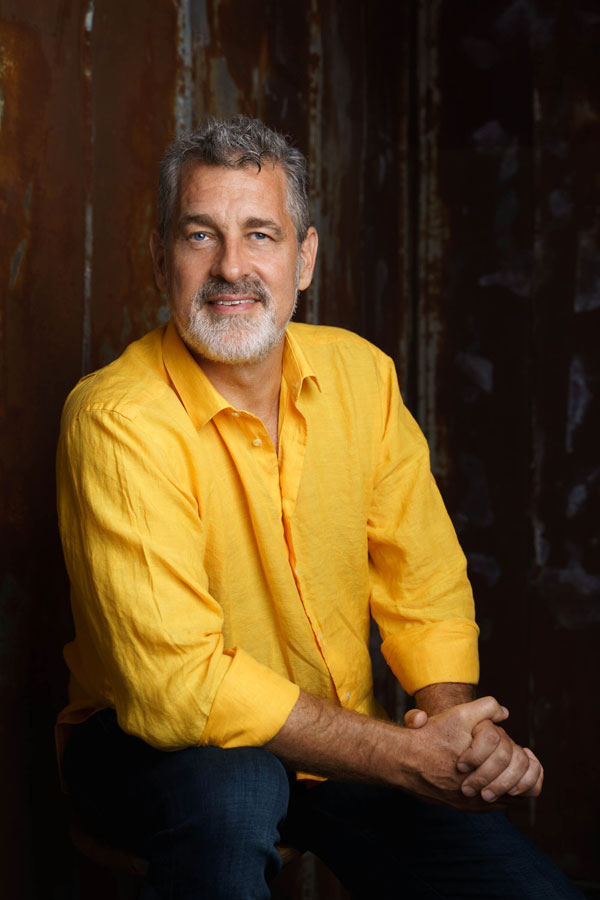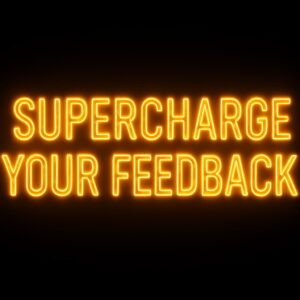First Who, Then What
Summary Insight:
If your team is stuck in endless debate, the fastest way to regain momentum is to name who owns the decision. This one shift cuts through noise, reduces friction, and drives execution forward.
Key Takeaways:
- Clarify decision ownership before debating what, how, or when.
- Push authority down to the implementer to drive engagement and speed.
- Use “disagree and commit” to enable faster alignment without consensus.
Most decision-making logjams boil down to the same trap: endless debate about what to do, how to do it, or when to act—without ever clarifying who owns the call.
Next time you find yourself in a swirl of indecision, stop. Ask one question:
Who’s accountable for making the decision?
If that’s unclear, don’t keep debating the what, how, or when. Debate and resolve who first. Always: first who, then what.
If it’s hard to identify who holds decision authority, you’ve got a deeper issue—unclear structure. That means slow execution and missed momentum everywhere. In this case, you must either fix the structure or appoint an owner anyway and hope for the best.
Why Identifying the Owner Speeds Everything Up
One of my clients recently spent 25 minutes in a team meeting debating what should go into a simple action item. Everyone had an opinion. No one had authority. So nothing got decided, and nothing got done.
It should have taken three minutes.
Now, 25 minutes might not sound like much—but multiply that by dozens of meetings, hundreds of action items, and thousands of micro-decisions every week. It adds up fast. Not just in wasted time, but in lost momentum, missed opportunities, and rising frustration.
The cost of unclear ownership isn’t just inefficiency—it’s entropy. And entropy kills execution.
After coaching, the same team tackled a similar item—but this time, they started by assigning accountability: “Mike owns it.”
Suddenly the debate shifted from gridlock to support:
-
“Mike, let me know how I can help.”
-
“Be sure to check with Carol in Ops.”
-
“Keep an eye on ERP impacts.”
Now Mike synthesizes the input and makes the call. If it’s a major decision, Mike can bring a Type 1 proposal for broader alignment. But the key: once accountability is named, the debate becomes fuel, not friction.
Two Advanced Tips for Decision Ownership
-
Push authority down.
In Organizational Physics, we push decision rights to the implementer. People closest to the action should own the outcome. Ownership fuels engagement.
-
Disagree and commit.
One of our core Operating Agreements is: “It’s OK to disagree and commit.”
That means the decision-maker doesn’t need consensus—just perspective from downstream stakeholders. Example:
“Mike, I think this program may backfire, but I’ve got your back. Let’s go.”
That’s healthy, high-trust execution.
Wait… We’re Not Sure Even Sure What Needs to be Done
In complex decisions, the scope itself is often fuzzy. You might be thinking, “Hold on—how can we know who should decide if we don’t even know what we’re deciding?”
Fair point. But the principle still holds: rough-draft the scope, then identify who is most likely accountable, and validate your thinking with them and others.
In practice, that means you start by proposing a draft version of the decision and nominating the likely owner. The owner can then refine the scope, gather feedback, and ultimately decide—or suggest a better owner as the shape of the decision becomes clearer.
This iterative approach helps you converge faster. The goal isn’t perfection—it’s progress. And clarity on who always leads to clarity on what.
Bottom Line
Next time you’re stuck in a loop, don’t argue the content. Assign the owner. Once that’s clear, everything else gets easier.
You don’t need the decision that pleases everyone. You need a good enough decision made by the right person, fast.
Quality of decision-making is important but execution speed has a quality all its own.




